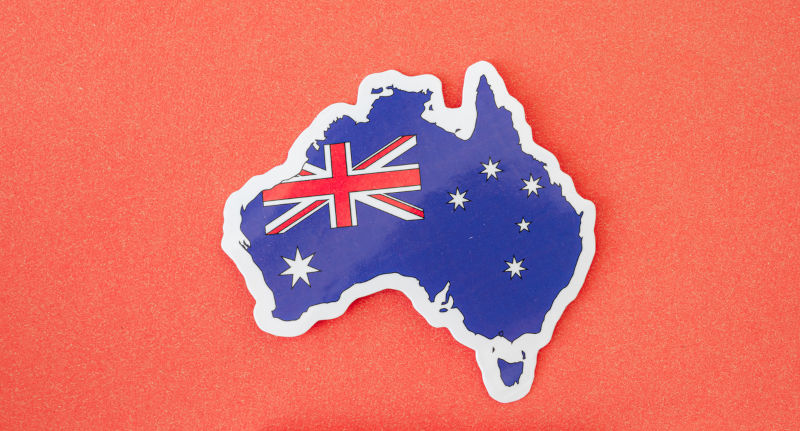Doomed frigates: Australia, defence and the problems of procurement
December 21, 2023
Its becoming a force of habit. Initially, grand plans and hopes for those in defence. A future weapons program in the offing able to add new capabilities. Much anticipation and the inking of signatures with the relevant manufacturer. Then, mounting costs, technical faults, the disappointment, and revision. In the case of the Future Submarine deal with the French Naval Group, an agreement worth $90 billion was sunk before it ever set sail, erased by the AUKUS security pact announced in September 2021.
Another costly decision on procurement, one also afflicting the Royal Australian Navy, is its frigate program. In 2018, the British company BAE Systems won over bidders from Italy and Spain to build nine new anti-submarine warfare (ASW) frigates based on its Global Combat Ship design known as Type 26. These vessels were intended to replace the ageing Anzac-class frigates. Known as the Hunter-class, construction was slated to begin in late 2022.
Problems mounted from the start. The design choice was odd, seeing as it was one of the contenders that, as described by Marcus Hellyer of the Australian Strategic Policy Institute as not mature, not in the water and certainly not in service.
The issue of cost began to dog the project. In 2016, the estimate in terms of cost for such a program was $30 billion. By 2021, the number had ballooned to $45.6 billion. The vessels displacement had also ballooned from 8,800 tonnes to 10,000 tonnes. At the end of June 2020, the Australian Financial Review got wind of dissatisfaction in the ranks of senior naval officers who had begun having misgivings, although the relationship is nowhere as strained as it [was] with the French submarine designer Naval Group.
In February 2022, during an estimates hearing with the Foreign Affairs, Defence and Trade Legislation Committee, the late Senator Kimberly Kitching asked Sheryl Lutz of the Defence Department on dates for the initial material release and initial operational capability. The response was far from optimistic. There are preliminary dates which have been passed through in previous QONs in answers to your questions. The final ship, ship 9, is due to be delivered in 2044. Delivered; thats not operational to Navy.
Suggestions that the program be scrapped, one advocated by retired Vice Admiral David Shackleton, started to surface. The vessels, he argued in April 2022, arent powerful enough ships for what the Navy needs and wont give the government a range of military options it could need for managing a conflict. Yet again, that familiar note warning of inadequate choice, was struck. A misguided emphasis on optimisation for ASW operations has resulted in Australia choosing a ship unsuited for its needs a change of direction is needed. The RAN, he argued, should opt for the US Arleigh Burke-class destroyers, to be built locally. If that did not eventuate, more Hobart-class destroyers should be commissioned.
In May this year, a sharp report by the Australian National Audit Office (ANAO) found that the Hunter-class program was experiencing an 18-month delay and additional costs due in large part to design immaturity. It also noted, with abundant alarm, that the procurement process and related advisory processes lacked a value for money focus, and key records, including the rationale for the procurement approach, were not retained.
On December 5, it was revealed that Parliament had received a partly redacted report by Senate order classified Secret Australian Eyes Only and prepared by former naval Commodore Craig Bourke and Rear Admiral Greg Sammut. The findings of the review were very much along the lines of those of the ANOA: the defence department did not fulfil the requirements of the Commonwealth Procurement Rules (CPRs) in relation to achieving value for money.
The Hunter Class Frigate Procurement Review goes on to note how, An overriding focus on achievement on the high-level capability requirements displaced sufficient attention to the risks as well as the consideration of the tenders against other criteria. The reviewers thought it highly improbable all members were sufficiently familiar with the procurement process to make an informed opinion as to which tender best supported the achievement of project objectives on value for money basis.
As result, there was, effectively, no qualified, comparative assessment of rival bids made to the Investment Committee. There was no evidence in the material presented to the Investment Committee that such a recommendation was made in a manner with requirements of the CPRs and Defence Policy Procurement Manual/Complex Procurement Guide.
The Hunter Class Frigate Procurement Review also imparts some light on the revolving door phenomenon of government officialdom and the military corporate sector. When BAE Systems Type 26 frigate design was selected, the then Australian chief of Navy, Tim Barrett, was instrumental in pushing for that option, despite its drawbacks relative to other more fitting alternatives. Barrett went on to become a paid advisor to BAE Systems Australia.
Greens Senator David Shoebridge, who made the order to obtain the review, is keen to pursue some measure of accountability for the entire project. He notes that various key officials involved in the original selection of the problem-plagued frigate design remain in office, not least the defence secretary and various senior defence officials. But then come those who have moved out of defence into the very industry that they were contracting with often with very large increases in their salaries.
Unfortunately for the senator, and for those seeking greater transparency and accountability in this curiously opaque field, defence procurement, especially when it comes to budgeting and costs, remains another country. They do things differently there.

